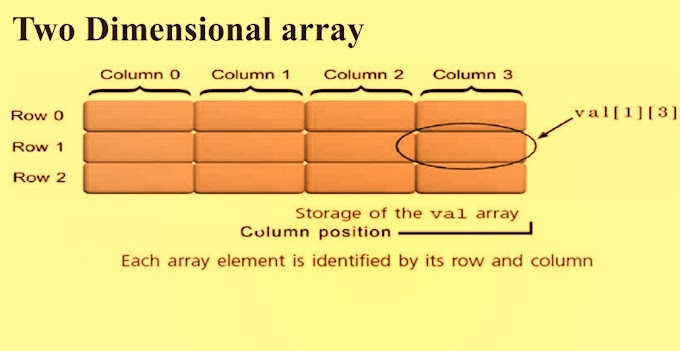Content:
- Introduction and type of Number system
- Conversion between number system
- Arithmetic operations on number system
- Signed and unsigned number system Software
- Computer Languages
- Computer Program
Introduction :
- A number system is a writing system for expressing numbers; that is, a mathematical notation for representing numbers of a given set, using digits or other symbols in a consistent manner.
- The same sequence of symbols may represent different numbers in different numeral systems.
Type of Number system:
- This article throws light upon the four main types of number system. The types are:
- Decimal System
- Binary System
- The Octal System
- The Hexadecimal System.
1. Decimal system:
- In decimal system the base (or radix) is 10, since any position can contain one of ten digits, refer (3) above. The system therefore has a carrying factor of 10 and each digit indicates a value which depends on the position it occupies, for example;
- In 6421 the digit 6 signifies 6 x 1000
- n 4621 the digit 6 signifies 6 x 100
- n 4261 the digit 6 signifies 6 x 10
- And in 4216 the digit 6 signifies 6 The decimal system uses ten digits to record the number. The ten digits are 0, 1, 2, 3, 4, 5, 6, 7, 8 and 9 and any number (used) is based upon power of 10.
- For example 5281 is made up of:
- (5 x 103) + (2 x 102) + (8 x 101) + (1 x 100)
- = 5000 + 200 + 80 + 1 = 5281.
2. Binary System:
- Whereas decimal system uses ten digits to record the number, the binary system uses only two digits (for recording the number) that is 0 and 1, and its base is 2 (whereas that of decimal system is 10).
- Although in everyday life, people generally use the decimal number system for counting, it is more convenient to use the binary number system in a computer because electronic components are usually in one of two states, which can be used to represent 0 and 1, the two digits used in the binary system.
- For example: if a punched paper tape is used in the computer, a hole in a tape may allow electrical contact to be made (ON) and the absence of a hole in the tape does not allow electrical contact to be made (OFF).
- Therefore a hole can represent 1 and no hole can represent 0. Binary system is more compact than the decimal system of coding as the latter will need large size of the storage medium and relative complexity of the reading device.
Construction of binary numbers:
Binary numbers Equivalent decimal numbers
2^3 2^2 2^1 2^0
1 1
1 0 2
1 1 3
1 0 0 4
1 0 1 5
1 1 0 6
1 1 1 7
1 0 0 0 8
1 0 0 1 9
Conversion of a Decimal Number to Binary Equivalent:
- (a) Let the decimal number be 217.
Remainder
- (b) Convert .8125 into binary number.
- From (a) and (b) above = Decimal No.=(217.8125)10
- Binary No.=(11011001.1101)2
- The octal system (base 8) and hexadecimal system (base 16) are of importance because they can be used as a shorthand for binary numbers. This is because three binary digits can be represented by the numbers 0 to 7 i.e., the octal range, while four binary digits can be represented by the numbers 0 to 9 and A to F.














0 Comments